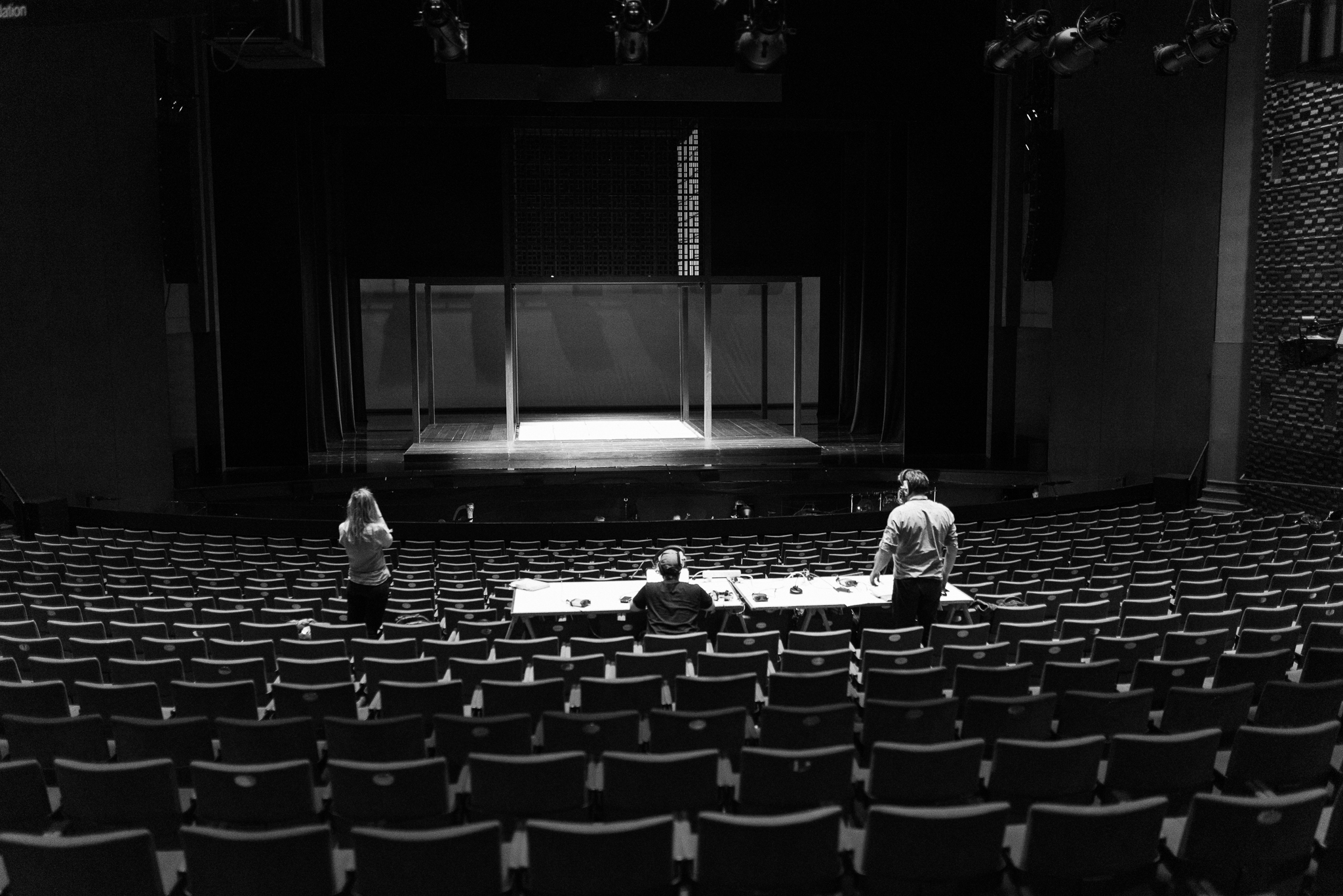Ahead of State Opera’s production of Madama Butterfly and The Mikado, CityMag took a tour behind the scenes with production manager Ben Flett to dissect the productions to show how an opera in South Australia comes together.
Thanks to the US sitcom Frasier, we know opera as an occasion to don a brilliant gown or tuxedo, but beyond the cameo of Pagliacci and Crazy Joe Davola in Seinfeld we’re a little in the dark as to the inner workings of this pinnacle art form.
CityMag caught up with State Opera’s production manager, Ben Flett, ahead of the mounting of the insummountable task of a season in repertory of cult-classic Madama Butterfly and Gilbert and Sullivan’s The Mikado, to dissect the art form and gain some insight into why this thousand-year-old medium is still a magic experience for a modern audience.
Key Creatives
The director, conductor, music coach, set designer, costume designer, lighting designer
On Stage Talent
Madama Butterfly
Cast: Nine principals; Chorus: 12 soprano, 12 alto, eight tenor; Orchestra: 70 musicians; Music staff: Chorus master, two répétiteurs, music coach, language coach (115 people total)
The Mikado
Cast: Nine principals; Chorus: 3 soprano, 3 alto, 4 tenor; 5 Bass; Orchestra: 16 musicians; Music staff: Chorus master, répétiteur, music coach, language coach (35 people total)
Behind the Scenes (Production Staff)
Manager, stage manager, two assistant stage managers, head mechanist, twelve mechanists, two surtitle operators (19 people total)
The role of the Director
“The director is on this months, sometimes years in advance,” says Ben.
“The director is the one with the ‘super concept’ of what the show is. The director is in charge of all the designers and creatives as a group and due to the art form will work closely with the conductor as – quite often – the music informs the action on stage. It’s my job to help the director and designers to make their visions a reality.”
The Role of the Chorus
“A really good chorus member is able to disappear into the background or appear from the background as needed,” Ben says.
“There’s no difference between tenors, baritones, sopranos. They are all there as craftspeople to support the performance. Usually the act one or two finale is when you see the most people on stage.”
The Role of the Language Coach
“The voice and accents coach will be in and out of rehearsals as the director sees fit,” Ben says.
“Madama Butterfly is in Italian – it’s important we make sure the performers are forming the words correctly because that’s a part of the art. A lot of jokes are made about how much opera singers spit when they sing. They are annunciating hugely. I would challenge anyone to be understood from 75 metres away while holding pitch. It’s a physical challenge for the performers.”
The role of the deputy stage manager
“The deputy stage manager really calls the show,” Ben says.
“They stand on the downstage prompt side (RHS) in the wings running the show. They get a call from the front of house manager to give clearance and the front of house says, ‘You’ve got clearance, everyone’s in and we’re ready to start the show.’
“Once it starts they have a headset and is in communication with all the technicians and flies and props people. Lighting, sound, artist standby cues.’
The role of the head mechanist
“These are the real men in black,” Ben says.
There’s a piece of the stage that requires eight people to push it into place. The head mechanist, Ben Brooks, is in charge of all the knots, rigging, shackles, wire rope, curtains and draping and the people who pull on those things.
“Working with the deputy stage manager, the head mechanist needs to make sure the sets get put in the right place and the right time, perfectly and safely. We’ll have 18 mechanists across Madama Butterfly and The Mikado.”
The role of the surtitle operator
“These are being cued and placed from a little room towards the back of the stalls section of the theatre, stage left,” Ben says. “If you look, you might see the glow of their computer screens.”
The role of the dresser
“There will be between six to eight dressers on Madama Butterfly alone,” Ben says.
“These people can be crazy busy for 30 seconds of a performance. A performer may come off stage and have 25 seconds to remove eight pieces of clothing and change make up and hair and put another eight pieces of clothing on.”
The opportunity to present these new productions of Madama Butterfly and The Mikado in repertory fits most profoundly within State Opera’s new outlook; looking for hidden gems, re-imaginings of the very best repertoire in the operatic canon, and joyous inclusive opportunities to bring new audiences into our fold. There is no doubt that opera in particular can be challenging – the content and context are certainly from an era long gone – but the sheer beauty of the music and sets which serve to showcase the sublime virtuosity of the operatic world is something which will captivate us forever.
We are thrilled to bring you these two productions. The two of them, such polar opposites; one, quick-witted and very funny, this is truly a case of art imitating the man and the other, a perennial favourite and Opera at it’s best. Come once, come more, bring friends, bring family, for “it’s an unjust world, and virtue is triumphant only in theatrical performances!”
Where would we be without the talented human creative capital both on the stage and behind the scenes – the artists we so admire and covet and their brilliant support team. An undertaking so large at the Festival Theatre, State Opera could not possibly live without their team helping us navigate the mechanics of making opera happen.
Original Words: Joshua Fanning; https://citymag.indaily.com.au/culture/anatomy-of-an-opera-madama-butterfly/



